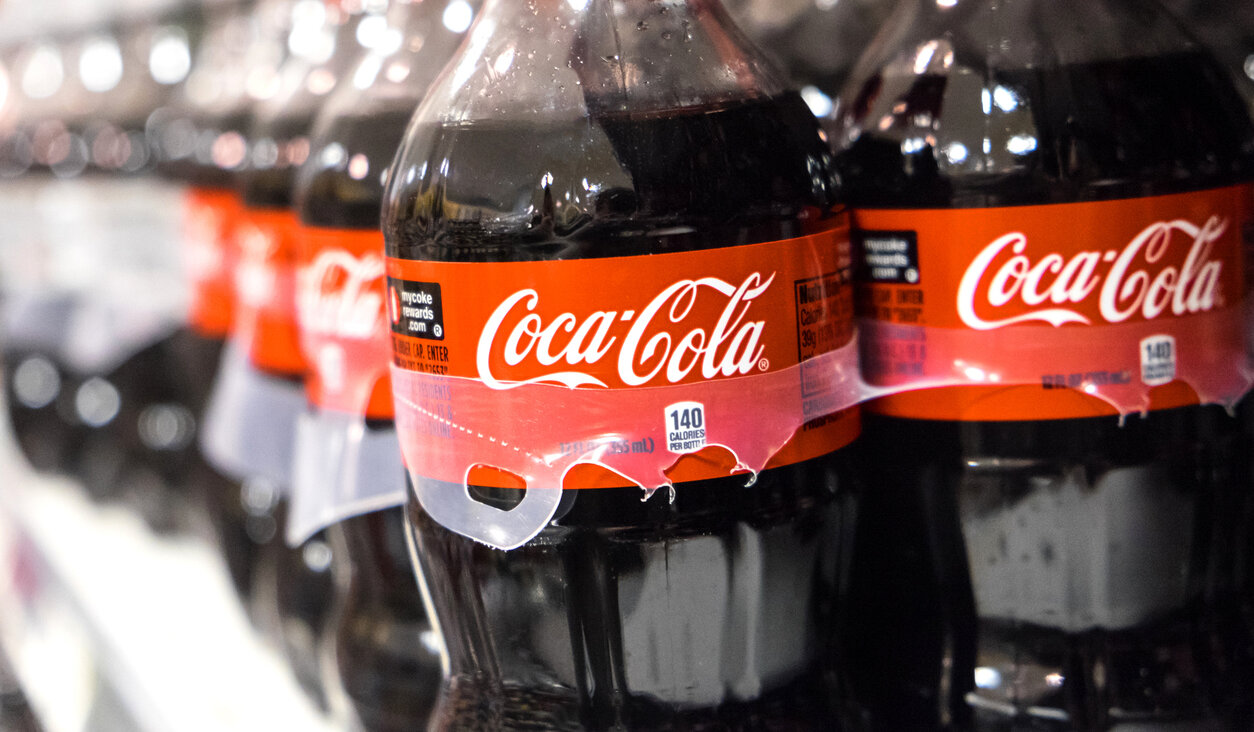The Graphic (Novel) Side of Israel
Pizzeria Kamikaze
By Etgar Keret and Asaf Hanuka
Translated from Hebrew by Miriam Shlesinger
Alternative Comics, 100 pages, $14.95.
Exit Wounds
By Rutu Modan
Drawn & Quarterly, 160 pages, $19.95.
One of my fondest memories of the year I recently spent in Israel is of walking through the street fair on Emek Refaim, in Jerusalem’s German Colony. I know that for most Americans in the Holy Land, the highlight reel usually consists of Masada, the Western Wall and other places of sanctity. But for me, that street fair captured what’s best about Israel: a vibrant art scene, quite belying the country’s small size; a form of engagement with Jewishness that is fresh and challenging, and a realization of Herzl’s secularist dream of a European-style nation-state where Jewishness is the default rather than the anomaly.
One of the most surprising stalls at the street fair was a table absolutely covered with alternative comics and graphic novels. For a country with the same population as Philadelphia, there was an astounding array of underground comics, ’zines and other independent cultural production, and the quality was on a par with what one would find in New York. I still don’t know what explains it. Maybe it’s the way comics can be so expressive of the pain and neurosis that Israelis live with all the time — the “other side” of the conflict was captured in Joe Sacco’s “Palestine,” a landmark nonfiction graphic work that won the American Book Award in 1996. Maybe it’s that, unlike books and music, graphic novels are not burdened with a lot of Jewish symbolism and Jewish cultural history, notwithstanding Will Eisner and the great Jewish inventors of American superhero comics. Or maybe it’s that Bezalel art students have trouble getting jobs.
Whatever the reason, this cultural production is now spreading overseas, as evidenced by two new graphic novels now available in English translation: Rutu Modan’s “Exit Wounds,” and Etgar Keret and Asaf Hanuka’s “Pizzeria Kamikaze.” Of the three author names, Keret’s is likely the only one known to American audiences; his very short and offbeat stories have made him a minor celebrity on the New-Yorker-reading literary scene. But both novels are quintessentially Israeli and, for my money, far more useful introductions to actual Israeli culture than the religious kitsch one sees at Israeli fairs in America.
“Exit Wounds” tells the story of Koby Franco, a Tel Aviv taxi driver whose estranged father has recently disappeared. Koby is approached by a Numi, a young woman just out of the army who was recently his father’s lover, and who tries to convince Koby that his father died in a terrorist attack in Hadera. Numi and Koby set off on an adventure that winds through graveyards, bus stations, beaches and kibbutzim, and it brings unwanted answers to their questions. Along the way, “Exit Wounds” makes wry comments about classism and sexism in Israeli society, the matter-of-factness of living with terrorism, and how personal and political history inevitably intertwine (I was reminded at times of the film “Out for Love — Back Soon,” still my favorite way to teach teenagers about the Rabin assassination).
As a story, “Exit Wounds” is satisfying, with its twists and turns. As a work of art, it is sometimes lacking. Modan’s visual style is laconic, evocative at times of Daniel Clowes; faces are deliberately rendered in a minimalistic fashion, and textures barely shaded. Sometimes this works; other times, it makes it hard to get a read on the characters. Koby’s face and body, for example, look completely different from one page to the next. I wasn’t sure how old he was supposed to be (in particular, how much older than Numi), or whether he was supposed to be good looking or not, fat or thin. Still, “Exit Wounds” is a wonderful evocation of how the shocking can become ordinary, and how the ordinary can shock.
Very little in “Pizzeria Kamikaze” is ordinary at all. Based on a Keret short story, it takes place in an alternate universe, like many of Keret’s works: in this case, a kind of purgatory/hell for suicides. Keret’s hell looks just like this world, with pizzerias, segregated neighborhoods, cigarettes and sex. But it’s populated only by people who have killed themselves — those who died of poisoning have their bodies intact, but those who took their lives more violently carry their wounds with them. In short, it is a suicide’s worst nightmare: Life continues as before, only this time without end.
As is often the case with Keret, “Pizzeria Kamikaze” approaches this morbid world with a black sense of humor. It follows the story of Mordy, who killed himself out of despair over losing his girlfriend, Desiree — but who later learns that Desiree also killed herself only a few months later. Mordy goes on a quest to find her, and the second half of “Kamikaze” is essentially a road trip through the underworld, with Mordy’s cynical friend, Uzi, playing the role of satirical Virgil.
Of course, Keret and Hanuka’s hell looks a lot like Israel, sociologically at least. Visually, the trip seems to lead from Gotham City (complete with an afterlife Kurt Cobain, now an irritating barfly) through the Wild West to California. But demographically, it’s Israel. At one point, for example, Uzi and Mordy wander into an Arab neighborhood and meet embittered shaheeds (“martyrs”) who ended up in hell instead of in the promised heaven of 70 virgins. And there’s something about the way that random miracles — rocks floating, undercover angels — happen perfectly naturally that evoked, to me at least, the everyday surrealism of Israeli life, captured so well in Keret’s fiction.
Unlike “Exit Wounds,” however, “Pizzeria Kamikaze” is not ultimately a book about the Israeli condition. Though Mordy and Uzi are familiar characters to anyone who has spent time in a hip Tel Aviv bar, they are Israelis abroad, not at home. Rather, it is a book about universal conditions: despair and persistence. At the end of the book, Mordy, his quest having come to an end, is left with even fewer reasons to live than he had at the beginning. And yet he returns to work, seemingly at peace. It’s an ambivalent ending, one that blends stoicism with a Beckett-like despair, and the book as a whole has elements of Sartre’s “No Exit” and Beckett’s “Waiting for Godot.” Yet somehow, it’s a great read, perhaps because of Hanuka’s luscious, richly textured renderings, which have the cinematic appeal of Scorsese or the better side of Brian De Palma — or perhaps because Keret’s absurdism, like that of his existentialist antecedents, leavens his heavy themes with a dose of the fantastic.
Israeli culture, if it is ever to establish a meaningful, reciprocal relationship with American Jewish culture, must be seen on its own terms rather than on those dictated by the Jewish nostalgia and fantasies of the Promised Land. Fortunately, when it is given a chance to be itself rather than forced to sell itself, Israeli culture often compares quite well with its European and American counterparts. As only a part-time resident of the country, I have the luxury of observing its many neuroses from the perspective of an artist and critic. For Israelis, the dream of really being a normal, sane nation like all the other nations is still far off. Yet, as we know from Van Gogh, Rimbaud and Kafka, and as these two new graphic novels show, a little insanity often begets great art.
Jay Michaelson is the author of the recently published “God in Your Body: Kabbalah, Mindfulness and Embodied Spiritual Practice” (Jewish Lights Publishing, 2006).
The Forward is free to read, but it isn’t free to produce

I hope you appreciated this article. Before you go, I’d like to ask you to please support the Forward.
Now more than ever, American Jews need independent news they can trust, with reporting driven by truth, not ideology. We serve you, not any ideological agenda.
At a time when other newsrooms are closing or cutting back, the Forward has removed its paywall and invested additional resources to report on the ground from Israel and around the U.S. on the impact of the war, rising antisemitism and polarized discourse.
This is a great time to support independent Jewish journalism you rely on. Make a Passover gift today!
— Rachel Fishman Feddersen, Publisher and CEO
Most Popular
- 1

Opinion My Jewish moms group ousted me because I work for J Street. Is this what communal life has come to?
- 2

Opinion Trump’s Israel tariffs are a BDS dream come true — can Netanyahu make him rethink them?
- 3

Opinion I co-wrote Biden’s antisemitism strategy. Trump is making the threat worse
- 4

Film & TV How Marlene Dietrich saved me — or maybe my twin sister — and helped inspire me to become a lifelong activist
In Case You Missed It
-

Fast Forward ‘Next year in Gracie Mansion’: Where Jewish NYC mayoral candidates will do Seder
-

Fast Forward How Coke’s Passover recipe sparked an antisemitic conspiracy theory
-

Opinion Pro-Palestinian protests enriched Jewish life on my campus. Trump’s actions will do the opposite.
-

Fast Forward Fake rabbi sentenced to 135 years for sexually abusing adoptive sons
-
Shop the Forward Store
100% of profits support our journalism
Republish This Story
Please read before republishing
We’re happy to make this story available to republish for free, unless it originated with JTA, Haaretz or another publication (as indicated on the article) and as long as you follow our guidelines.
You must comply with the following:
- Credit the Forward
- Retain our pixel
- Preserve our canonical link in Google search
- Add a noindex tag in Google search
See our full guidelines for more information, and this guide for detail about canonical URLs.
To republish, copy the HTML by clicking on the yellow button to the right; it includes our tracking pixel, all paragraph styles and hyperlinks, the author byline and credit to the Forward. It does not include images; to avoid copyright violations, you must add them manually, following our guidelines. Please email us at [email protected], subject line “republish,” with any questions or to let us know what stories you’re picking up.

















